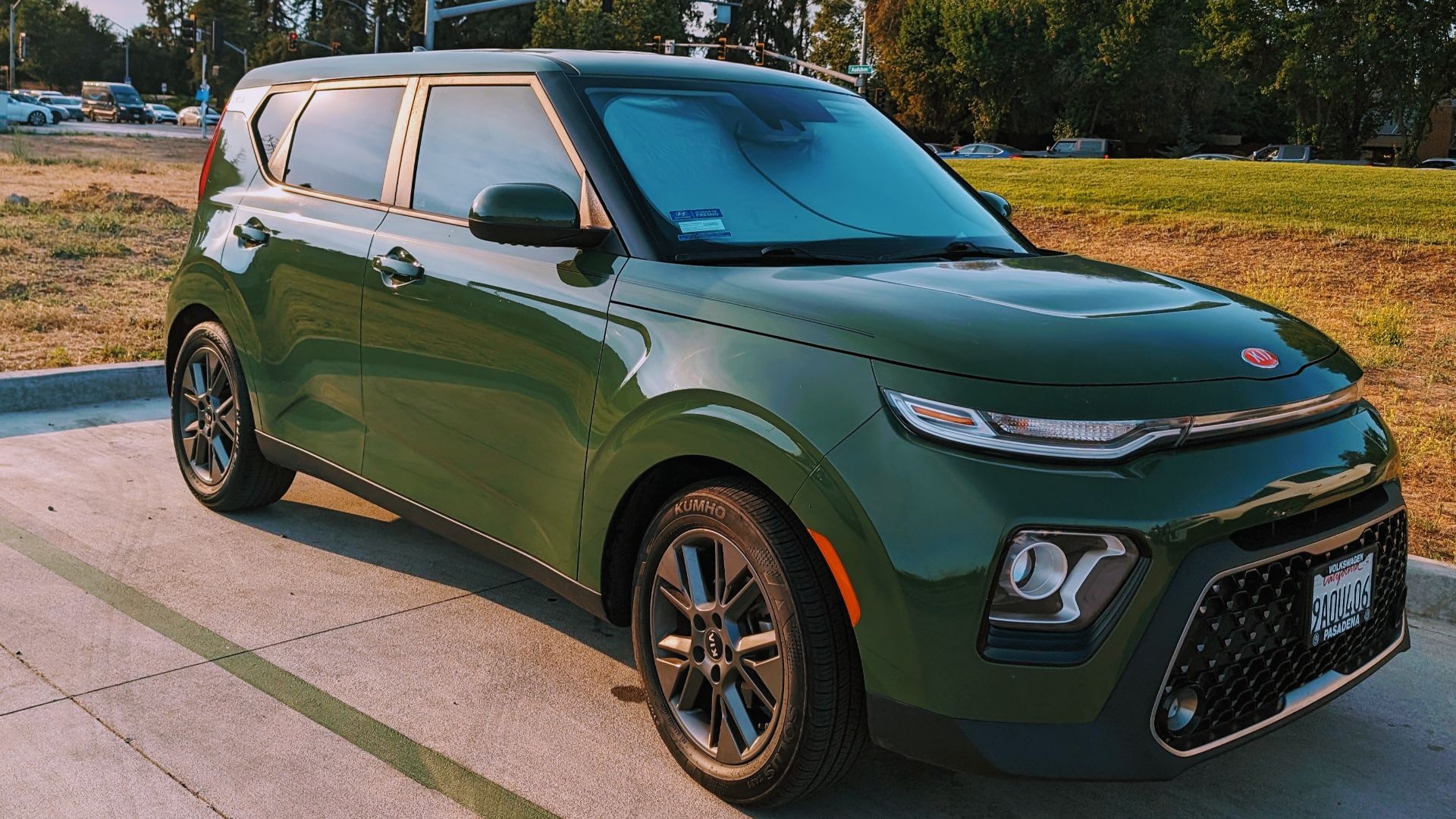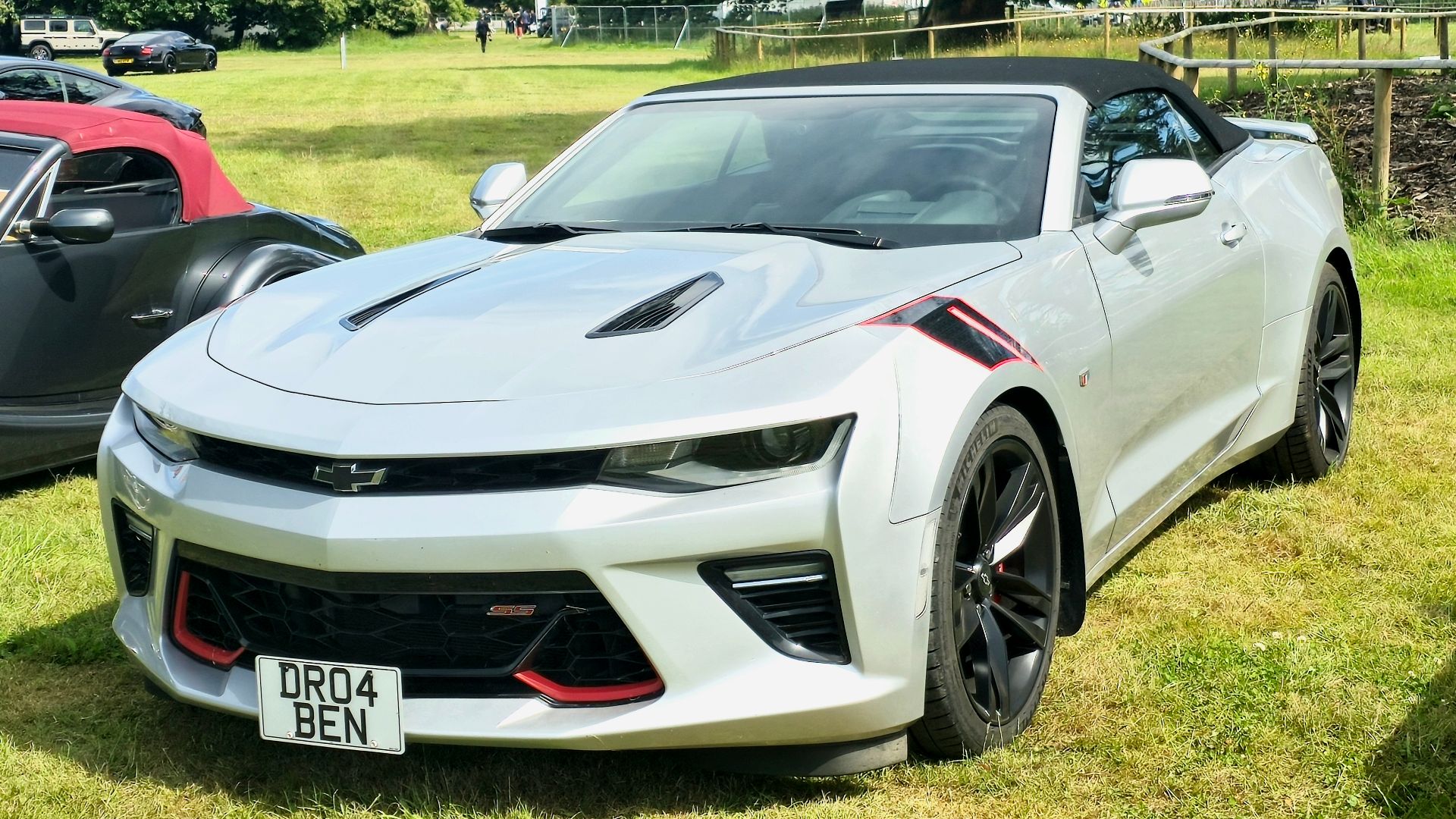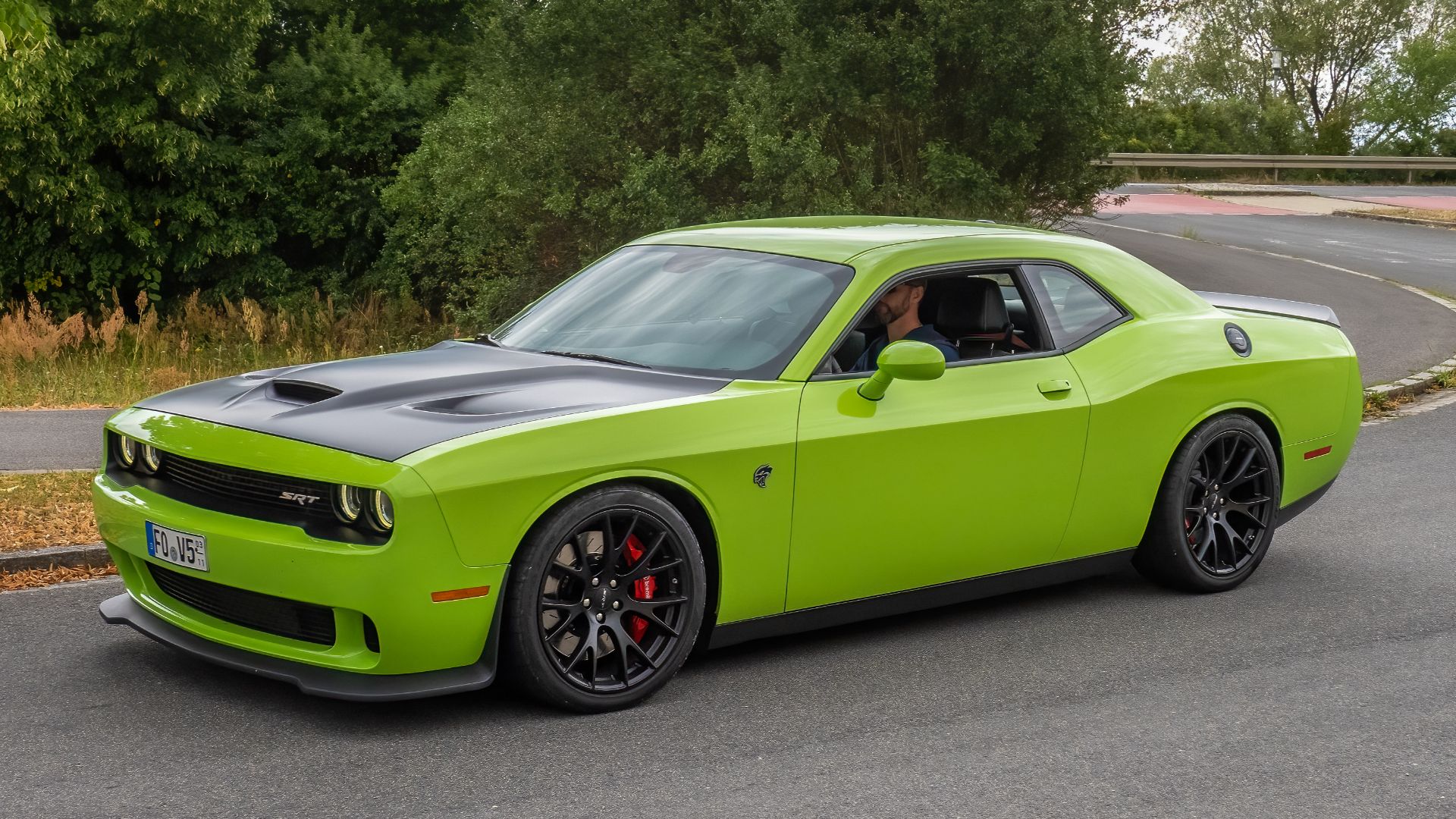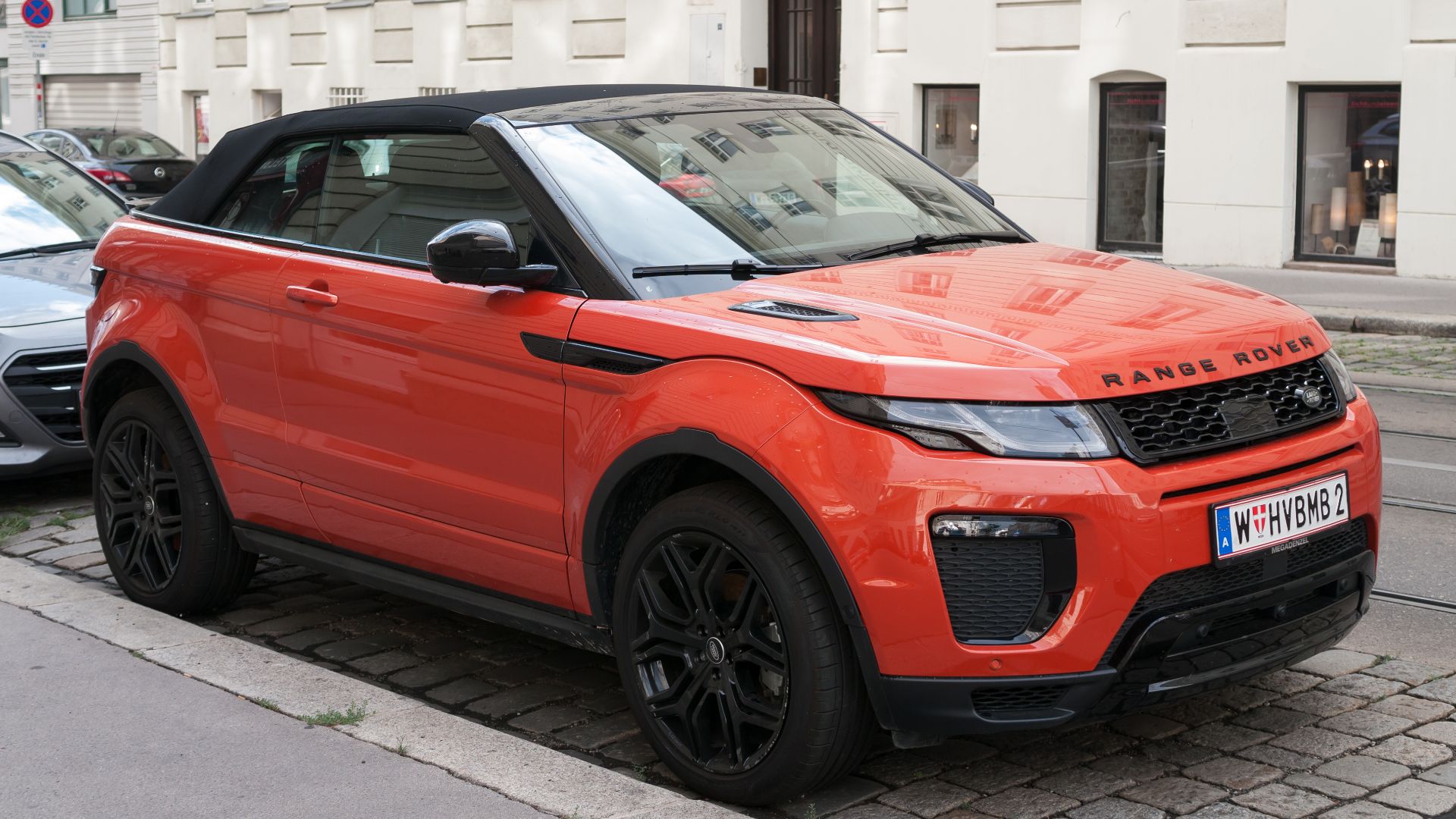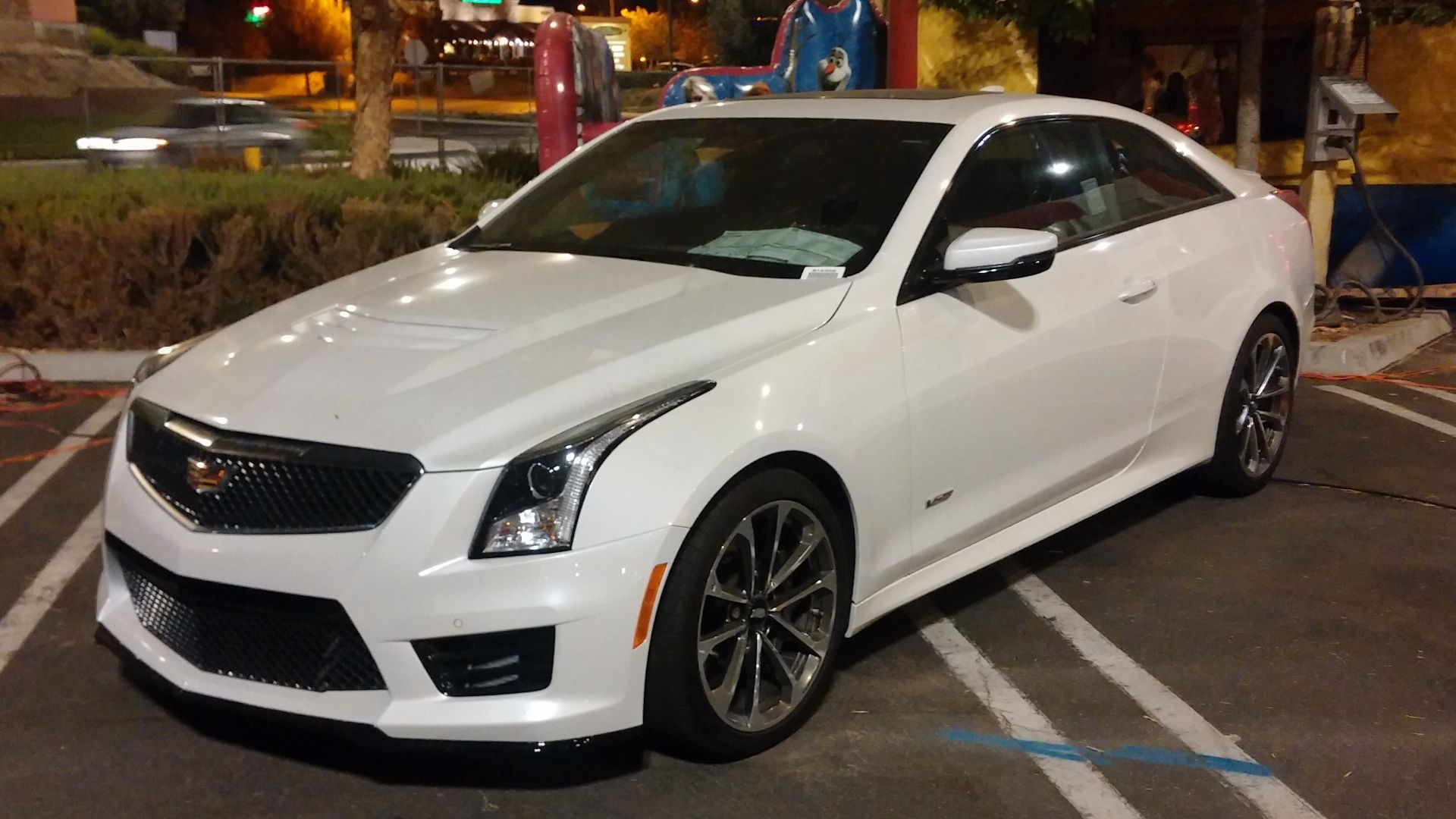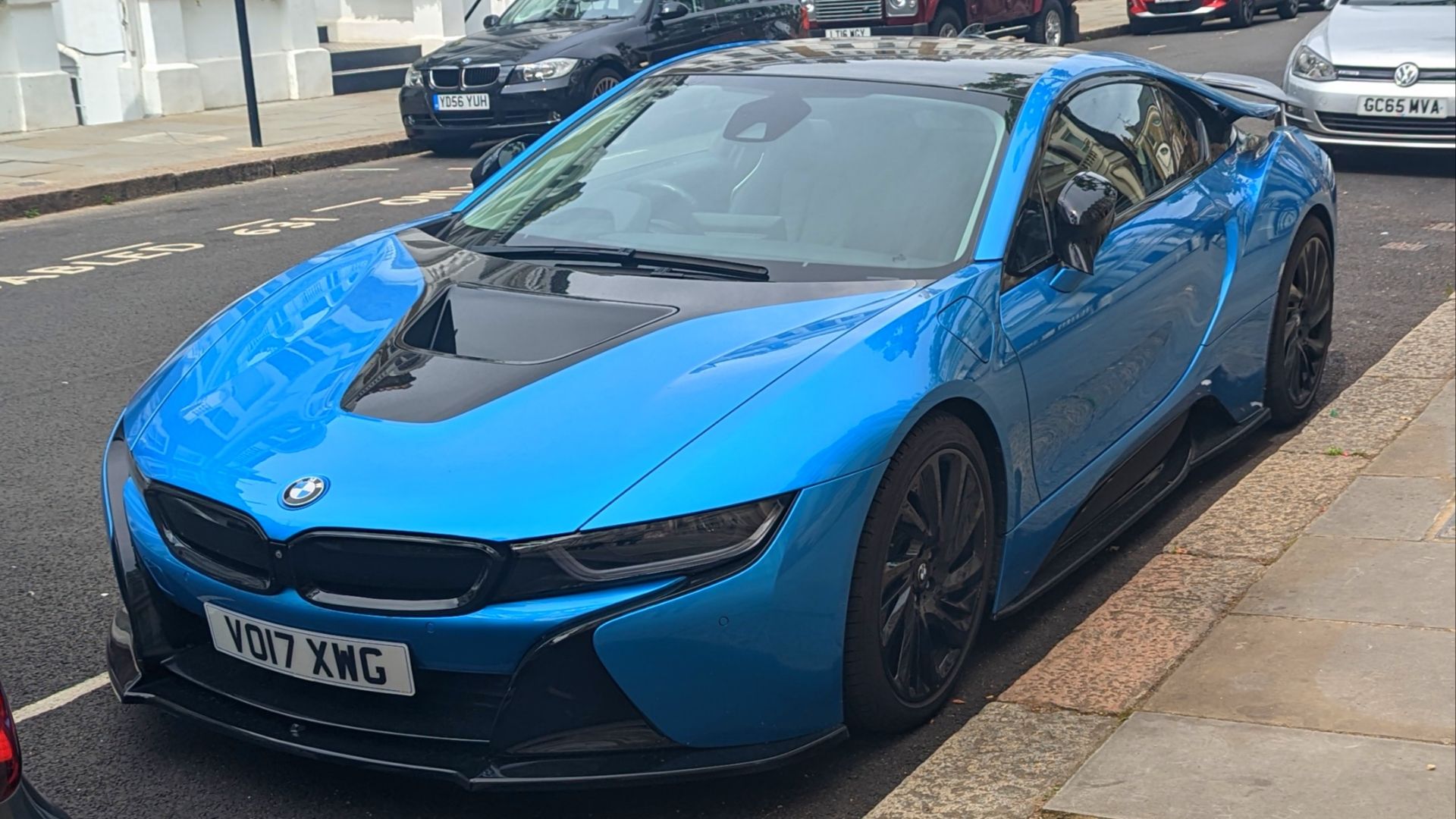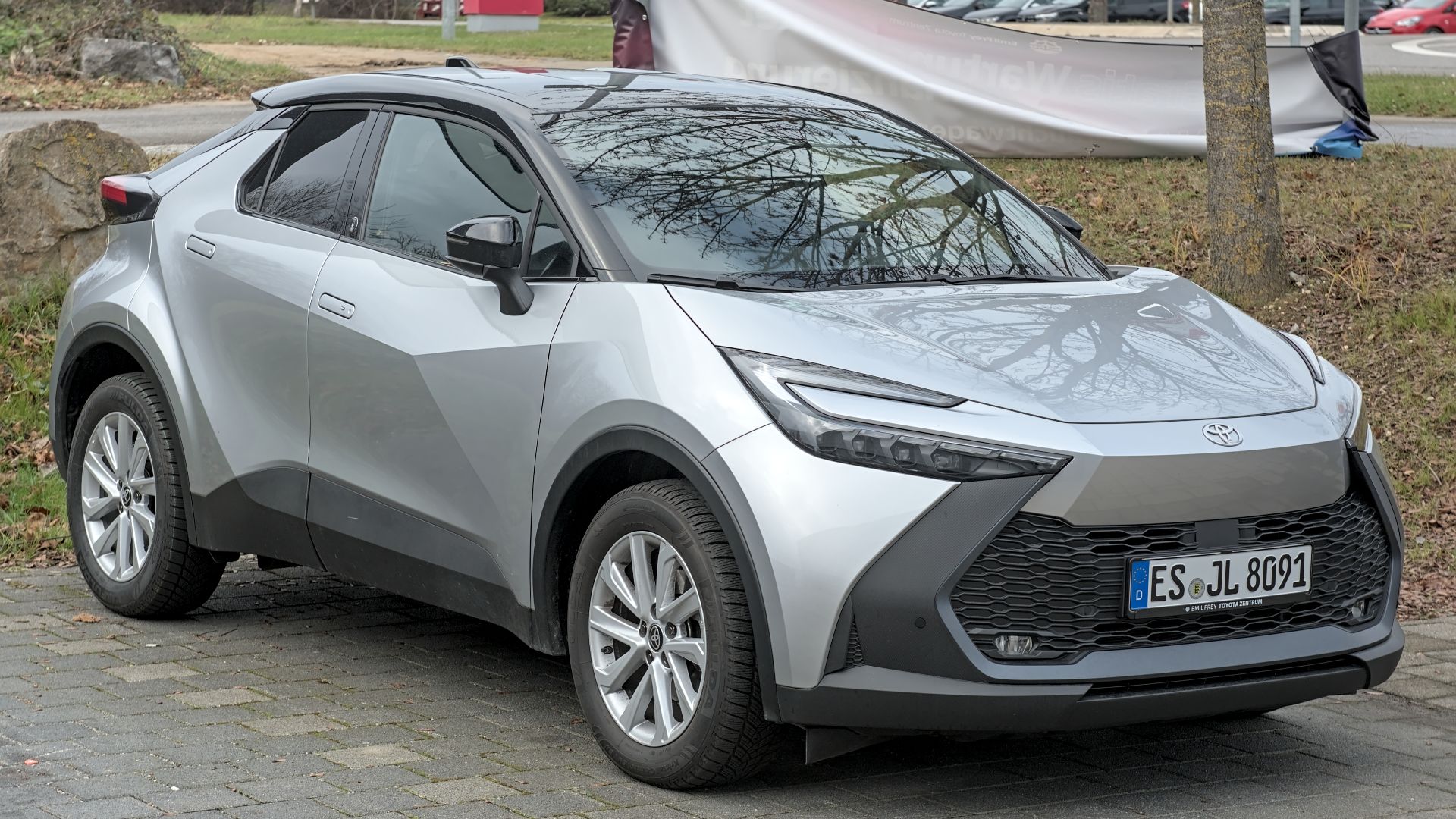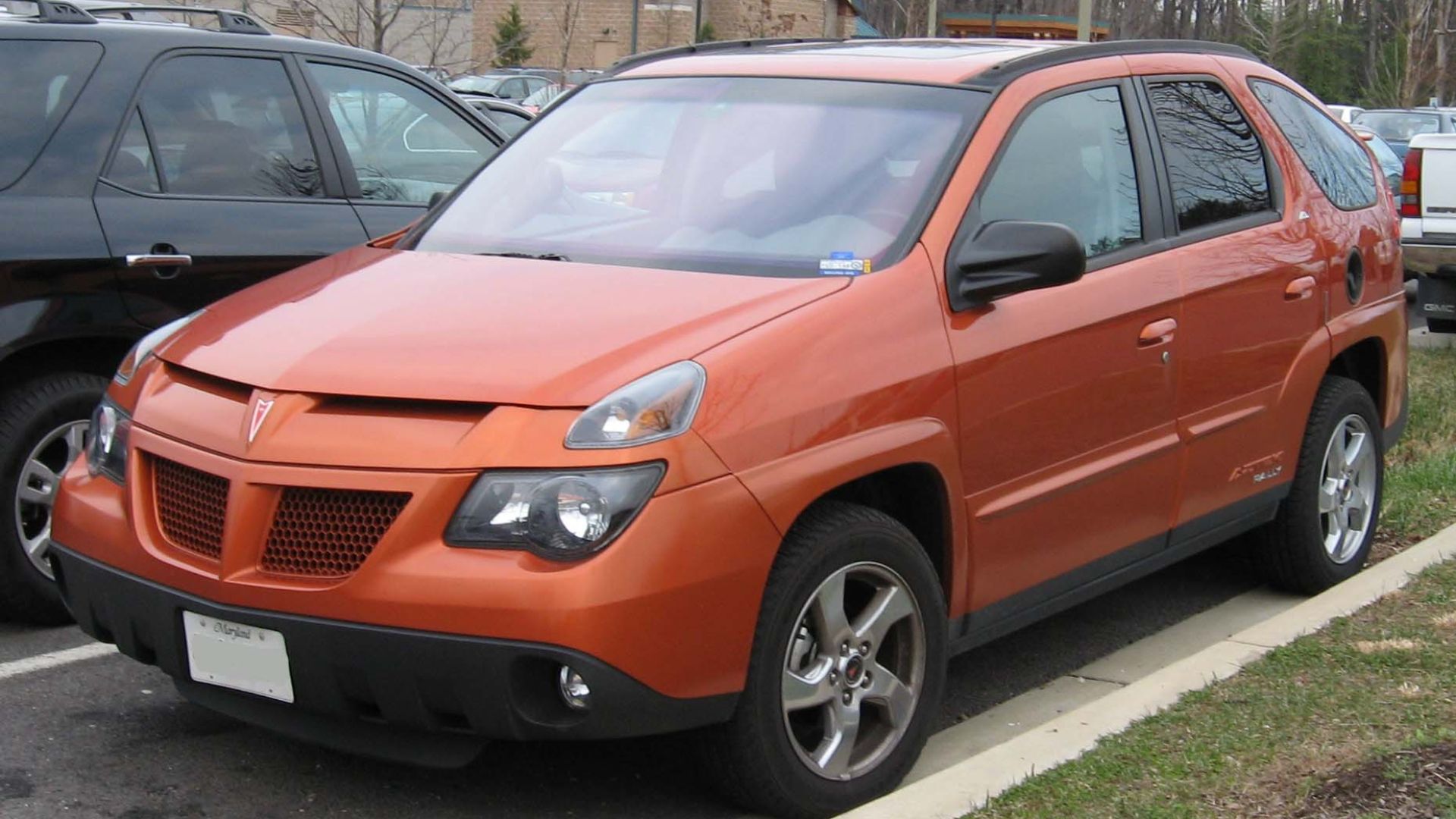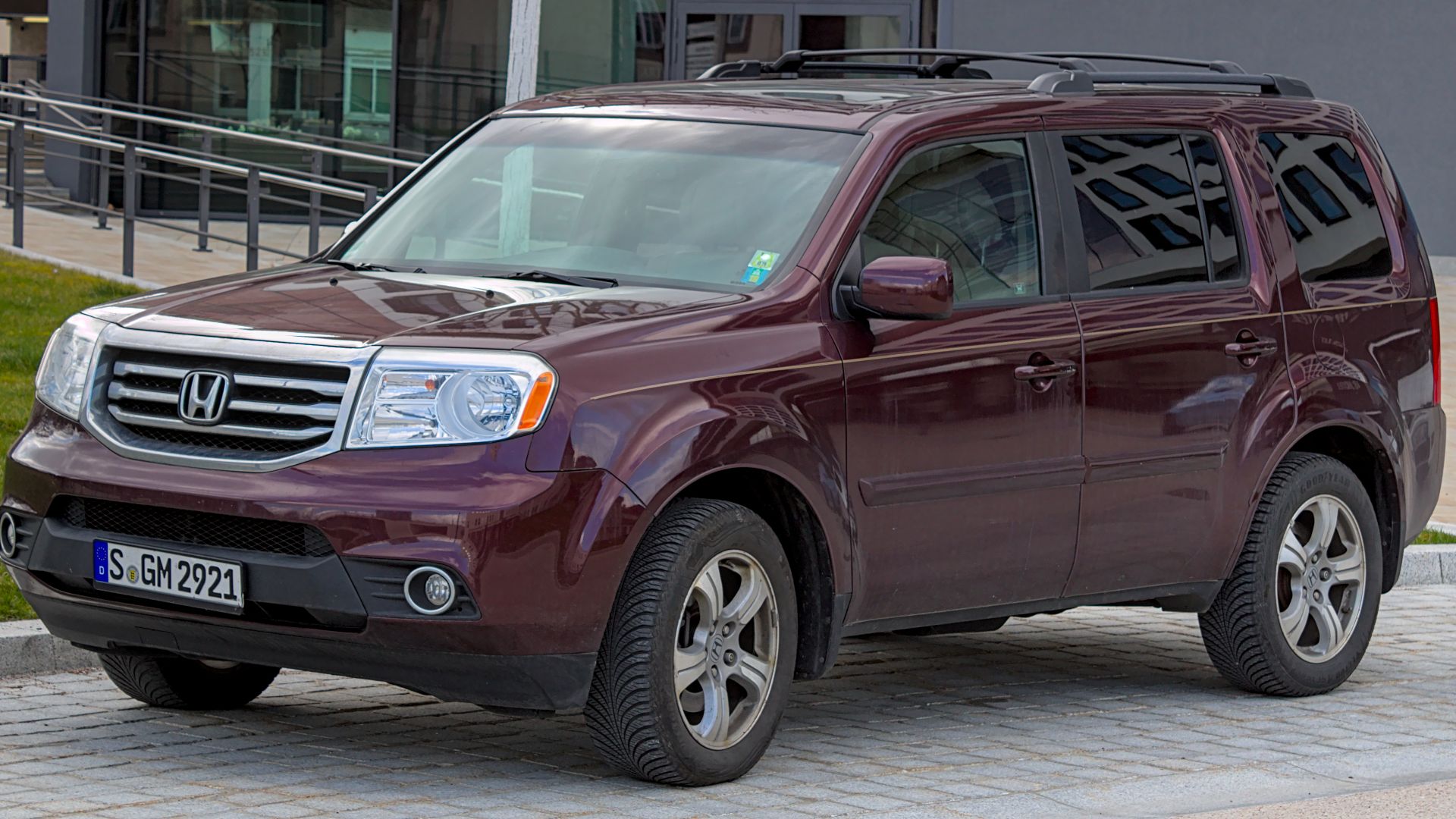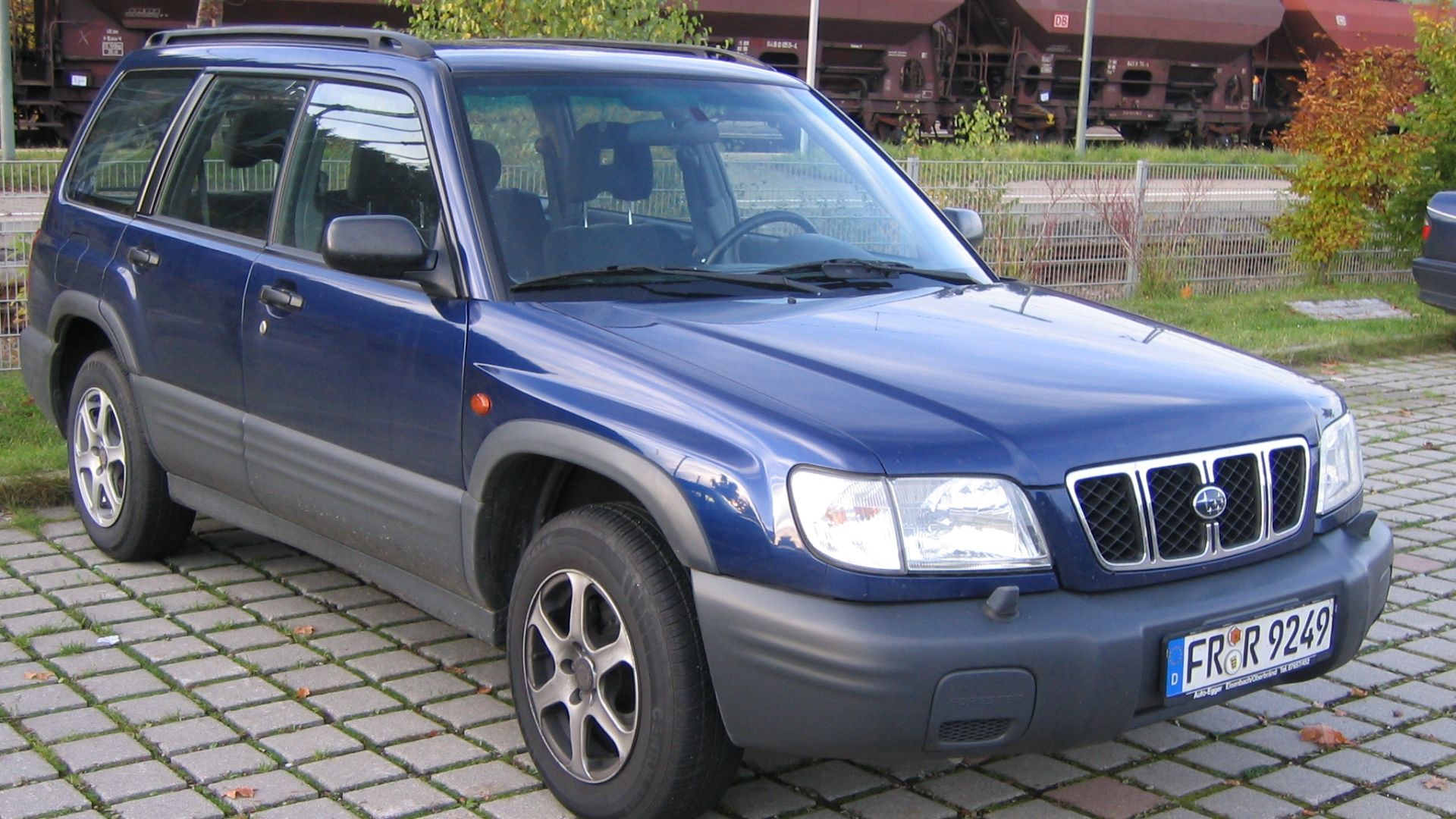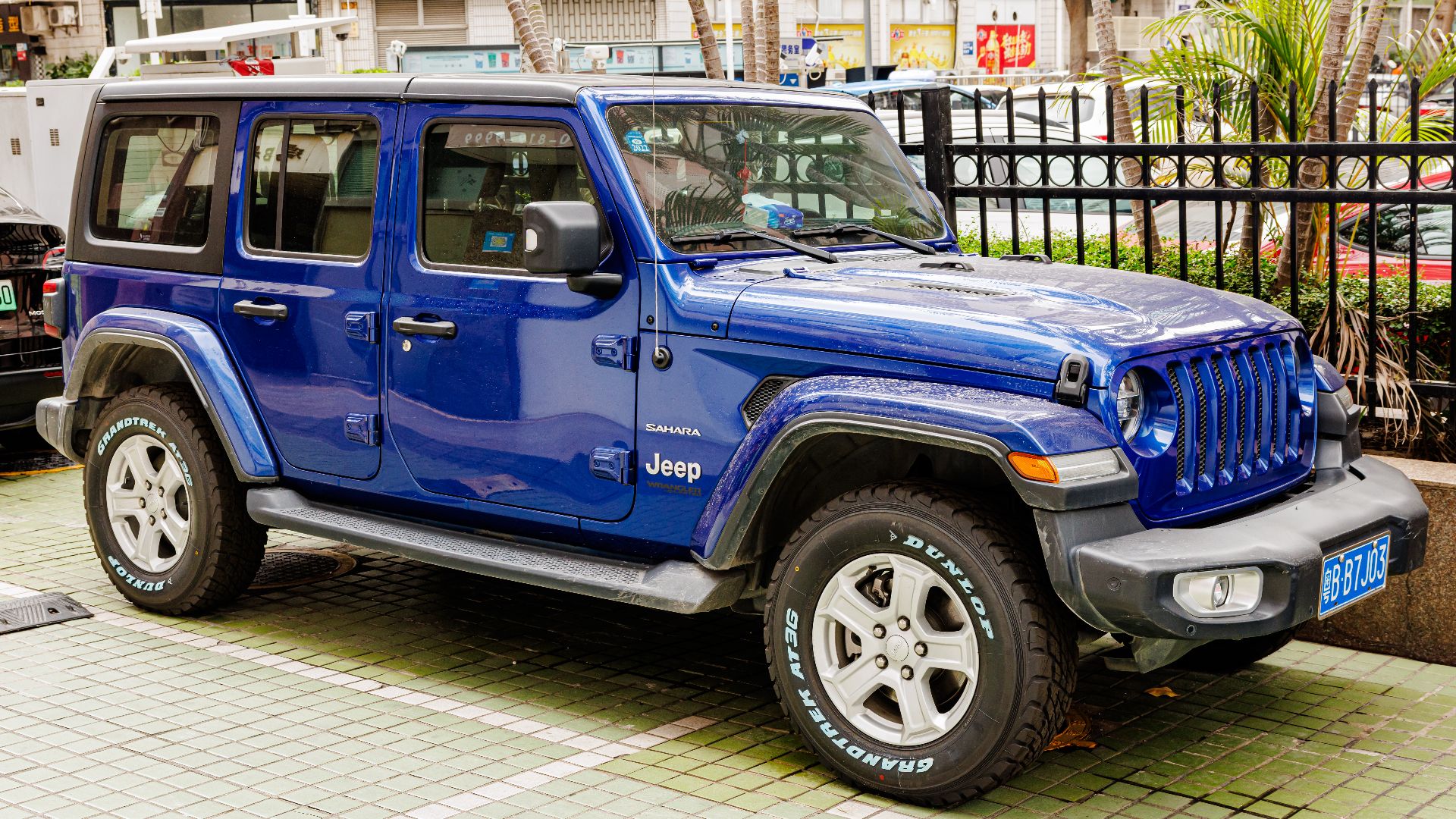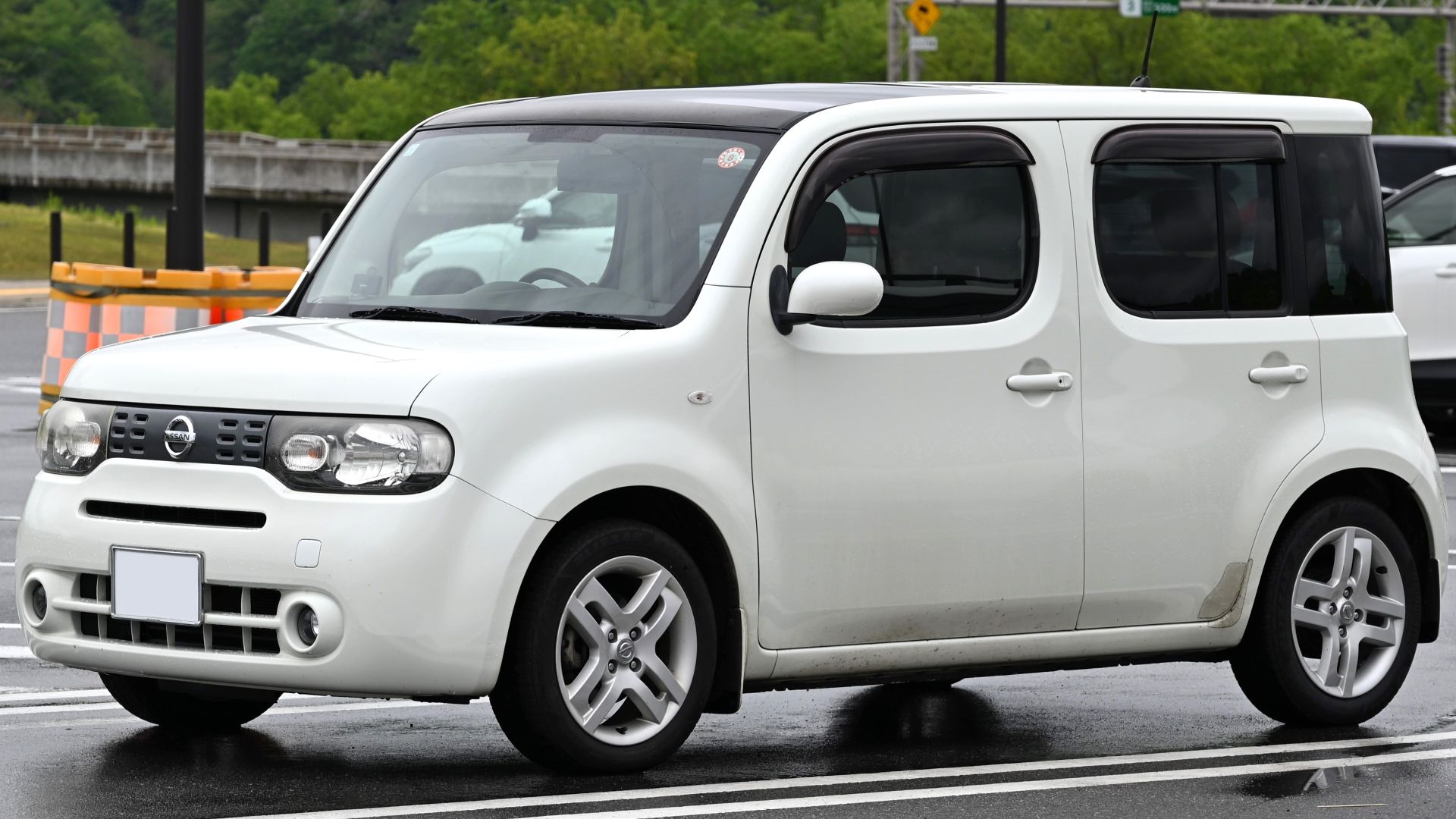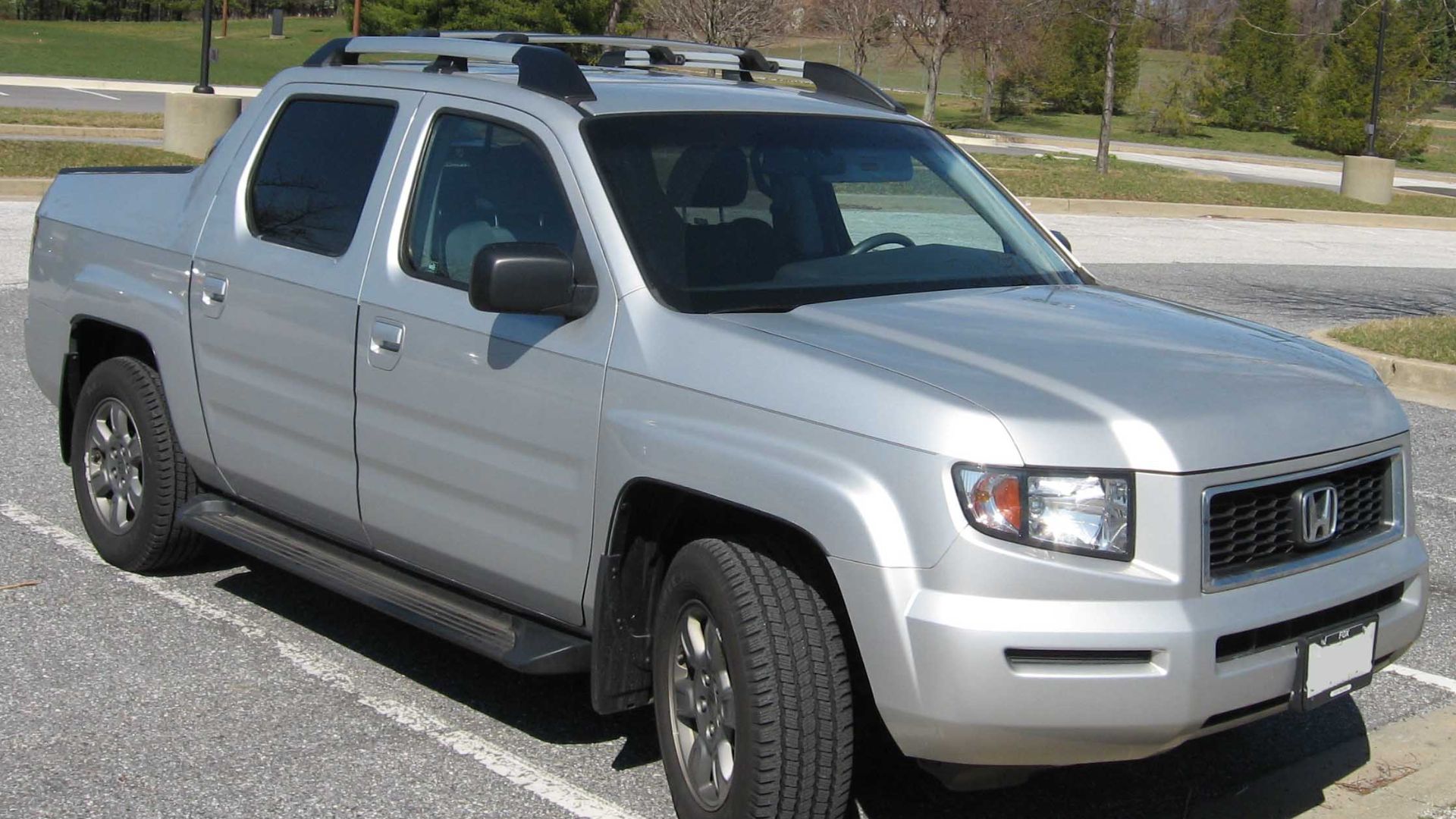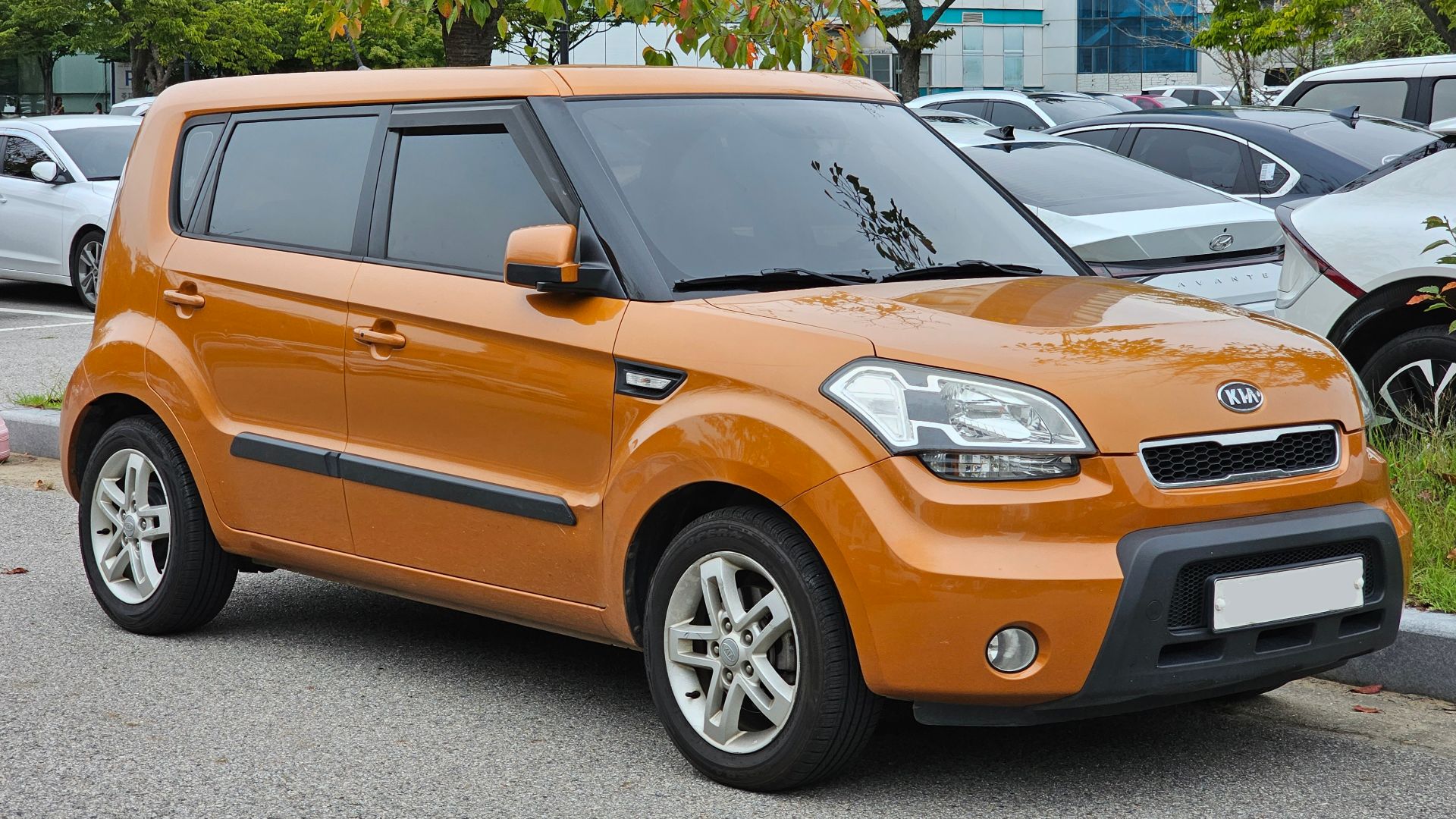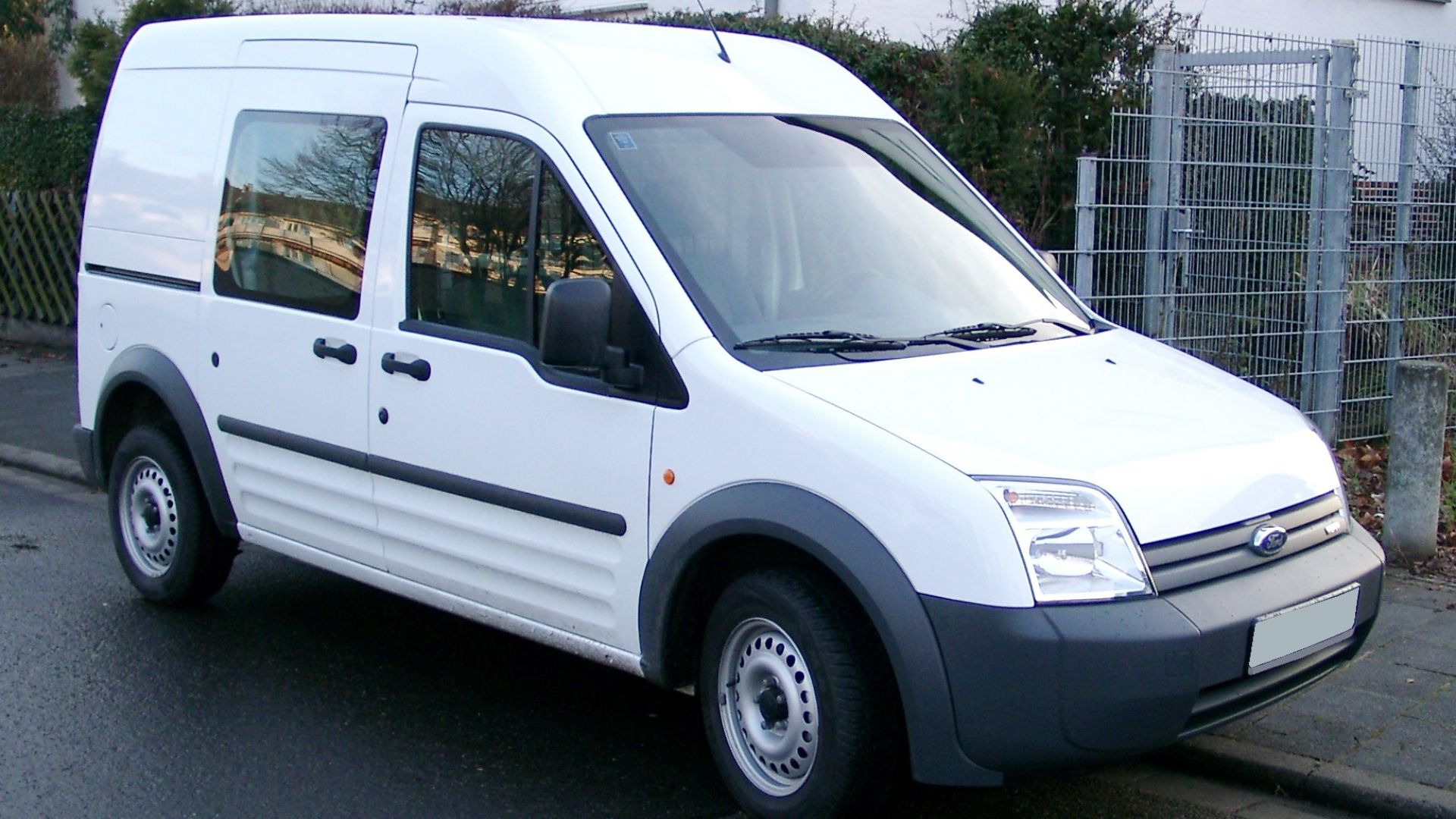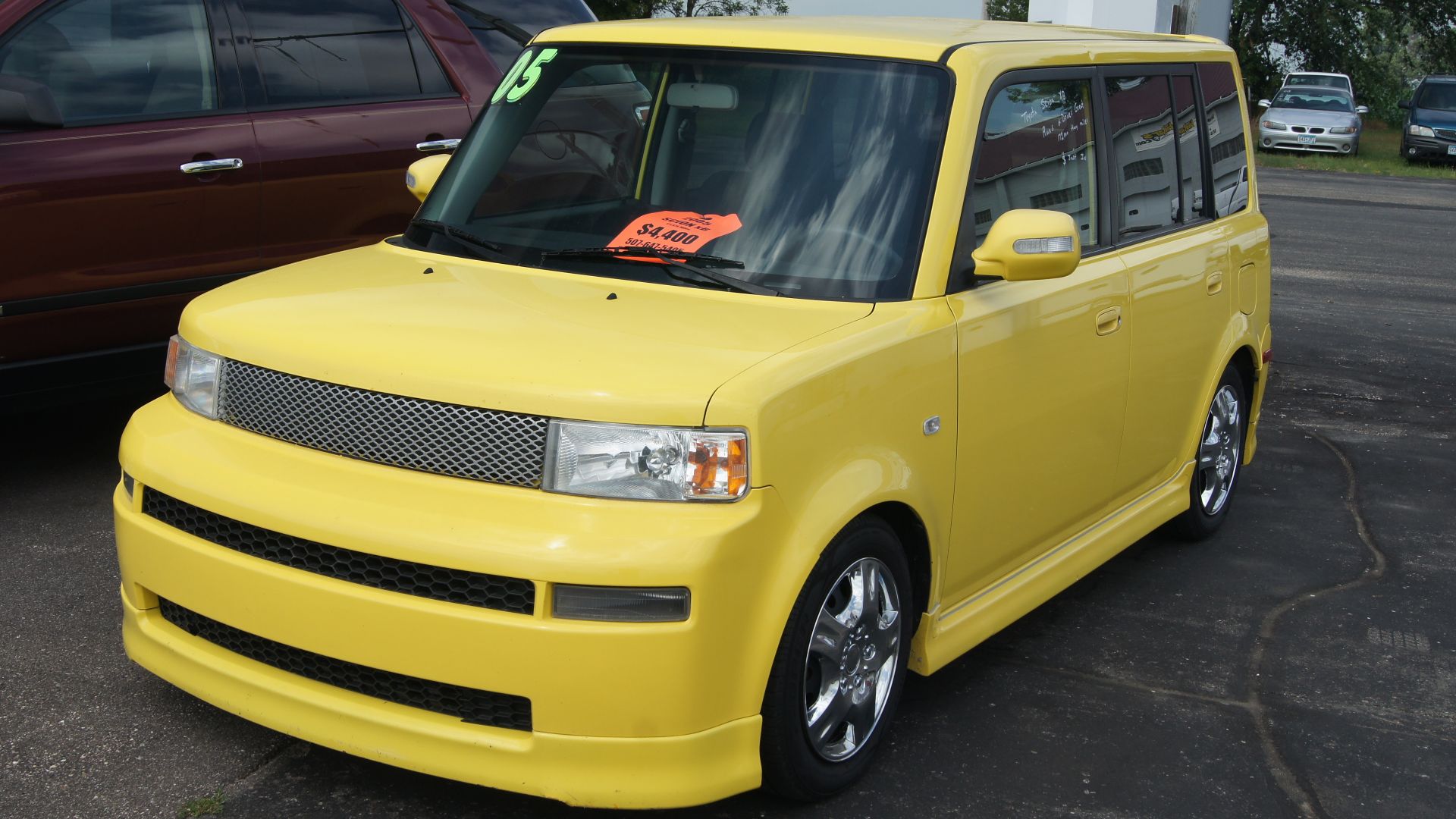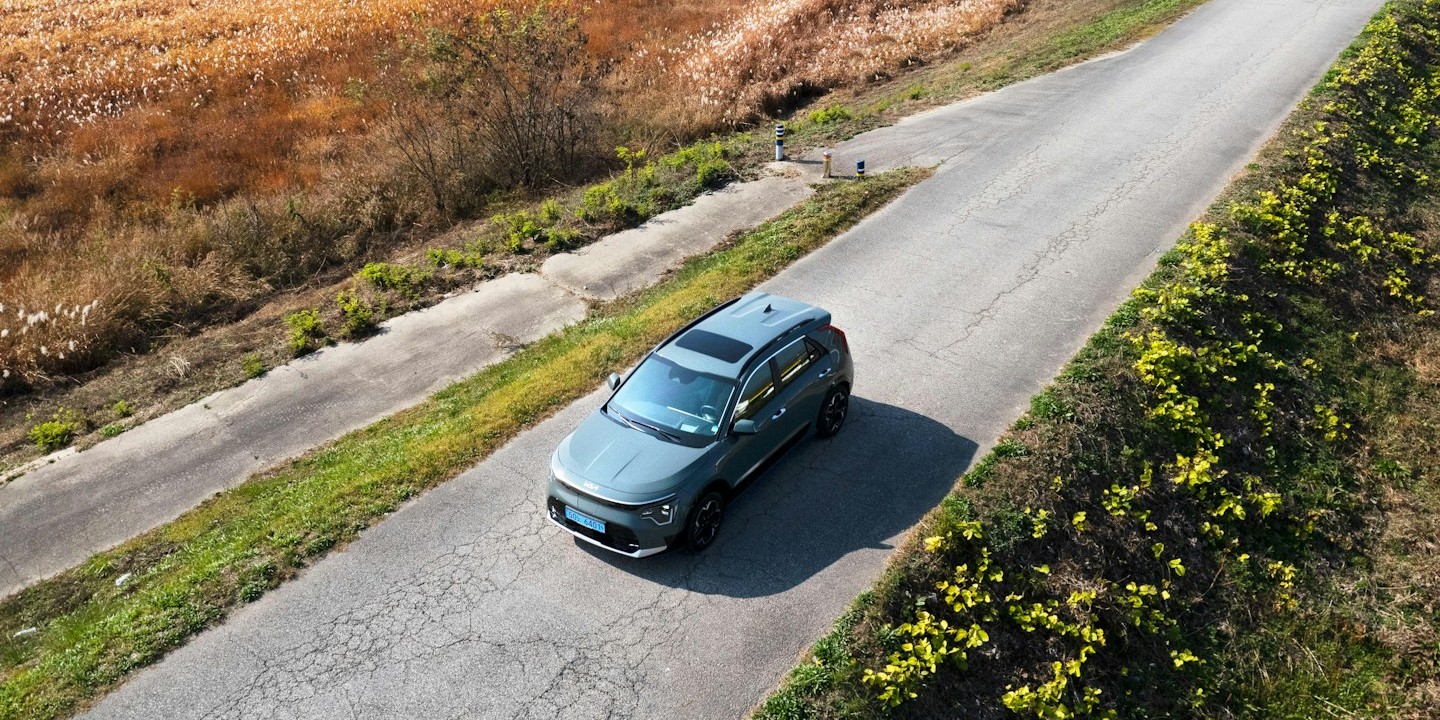Good Luck Spotting That Pedestrian
Ever feel like you're driving a submarine instead of a car? Some models turn simple maneuvers into blind stabs in the dark, thanks to tiny windows and thick pillars. Others? Clear as day, letting you glide through traffic with full confidence. Visibility can make or break the driving experience—and your safety. So start with the worst offenders first before celebrating the clear-headed champions who actually let you see where you're going.
1. Chevrolet Camaro
Muscle car enthusiasts love aggressive styling, but those chunky A-pillars create massive blind spots during turns. The Insurance Institute for Highway Safety even found that visibility in this model ranks among the worst, especially when turning left, where pedestrians all but vanish from view.
2. Dodge Challenger
Picture trying to merge lanes while peering through mail slots. The retro design pays homage to 1970s muscle cars, complete with their narrow window openings and thick roof pillars. However, these features block important sightlines during highway driving and parking maneuvers.
3. Range Rover Evoque
Luxury SUV buyers expect premium features, yet this British beauty disappoints with its stylish sloping roofline. The rear window measures just 10.5 inches tall, making reverse parking feel like backing up with your eyes closed while relying purely on sensors.
4. Lexus CT200h
Eco-conscious drivers will appreciate the efficiency, though the tight sightlines make daily driving less than ideal. Wide door frames and oddly positioned side windows further create dangerous blind zones during lane changes. The aerodynamic design prioritizes fuel efficiency over driver visibility, which makes parking more challenging than expected.
5. Cadillac ATS Coupe
Sports coupes sacrifice practicality for looks, and this Cadillac proves the point perfectly. Narrow side windows combined with thick C-pillars make shoulder checking nearly impossible. This forces drivers to rely heavily on electronic blind spot monitoring systems for safety.
6. BMW i8
The plug-in hybrid supercar looks amazing but drives like a cave. Severely angled rear glass and a low seating position create terrible visibility. Therefore, backing out of parking spaces becomes pure guesswork without the backup camera running constantly.
7. Toyota C-HR
Sharp design can’t cover up the utility gaps in Toyota’s latest crossover. The quarter panels partially block your view, making simple lane changes slightly trickier than in some competitors. Bold styling choices around the rear pillars create additional blind spots, requiring extra caution during city driving.
8. Nissan Murano CrossCabriolet
Remember when Nissan thought convertible SUVs were the future? The soft-top’s poor engineering left drivers guessing at what was behind them. Reinforced pillars made things worse. In fact, poor sales and safety complaints killed this model after just three years on the market.
9. Acura ZDX
Marketing called it a four-door sports coupe, but drivers called it dangerous. The dramatically sloped roofline blocked rear and side views completely. It took only four years of criticism and concern before Acura axed the model entirely.
 U.S. National Highway Traffic Safety Administration on Wikimedia
U.S. National Highway Traffic Safety Administration on Wikimedia
10. Pontiac Aztek
Before Breaking Bad made it famous, this SUV confused drivers daily. Multiple small glass panels created fragmented views instead of clear sightlines. Furthermore, the weird window arrangements frustrated so many buyers that GM eventually discontinued the entire Pontiac brand.
While some cars seem designed to test your peripheral vision, others feel like driving in high definition. Let’s shift gears and spotlight the vehicles that actually let you see the road with clarity, confidence, and comfort.
1. Honda Pilot
Three-row SUV shoppers need to see everything around them, especially with kids in the back. Honda engineers designed massive windows and thin pillars that provide panoramic views in all directions. Family road trips also become safer when parents can actually spot potential hazards early.
2. Subaru Forester
Adventure seekers demand clear sightlines for both off-road driving and city navigation. The boxy design features numerous glass areas with minimal obstructions to your view. In fact, Consumer Reports consistently ranks this crossover among the top five vehicles for overall driver visibility and safety ratings.
3. Toyota 4Runner
Built like a tank, this SUV refuses to compromise visibility for modern styling trends. While many luxury competitors have abandoned traditional boxy architecture, its preserved sightlines offer a key advantage: trail drivers can easily spot rocks and obstacles without having to guess where the wheels are pointing.
4. Jeep Wrangler
No guesswork required—flawless visibility ensures every inch of the trail is in full view. Then, the upright seating position, combined with massive windows, creates an almost 360-degree view of the surroundings. Removable doors and roof panels further take the visibility experience to an entirely different level outdoors.
5. Volvo XC90
Swedish engineers prioritize safety above everything else, including trendy design elements that block driver vision. Exceptionally clear window placement earned this luxury SUV top safety ratings from both European and American testing organizations.
6. Nissan Cube
The design, which resembles a rolling glass box, was intentional, and drivers love the results. The unique shape also maximizes window space while minimizing blind spots during urban driving. Parking in tight city spaces becomes surprisingly easy when you can see all four corners clearly.
7. Honda Ridgeline
Pickup truck buyers traditionally accept poor visibility as part of the deal, but Honda changed that assumption completely. Generous window proportions allow easy maneuvering with heavy loads in the bed. Construction workers and outdoor enthusiasts appreciate not having to guess where obstacles are located.
8. Kia Soul
Urban driving demands constant awareness of pedestrians, cyclists, and other vehicles sharing crowded streets. Tall windows and thin pillars help drivers see everything happening around them. City dwellers choose this boxy design specifically for its practical visibility advantages over trendy alternatives.
9. Ford Transit Connect
In delivery work, visibility isn’t optional—it’s survival. The Ford Transit Connect nails this with its tall stance, wide windshield, and generous side glass. Designed with practicality in mind, it keeps drivers alert and responsive in crowded neighborhoods and busy loading zones.
10. Scion xB
This rolling rectangle puts practicality first, with tons of glass and minimal blind spots. Nearly 360-degree window coverage further makes parking and lane changes simple for new drivers. Instead of chasing sleek lines, the design team stuck to what worked—clear sightlines and driver-first practicality.


